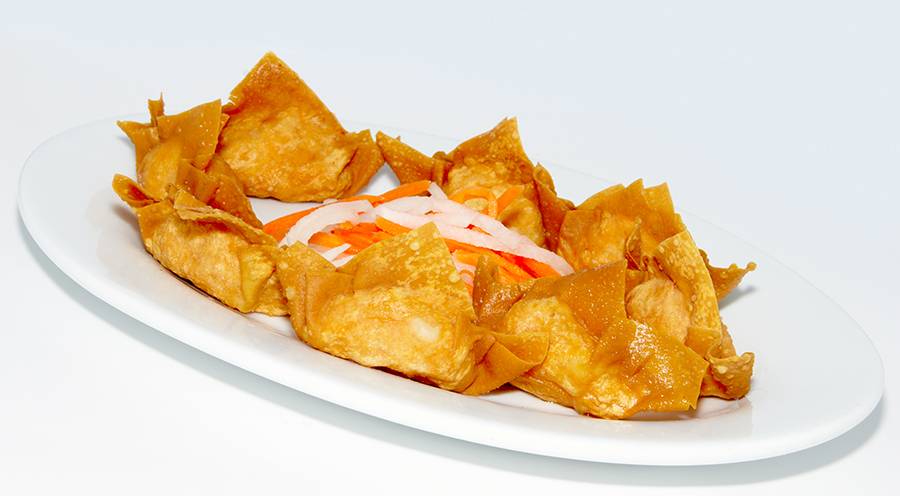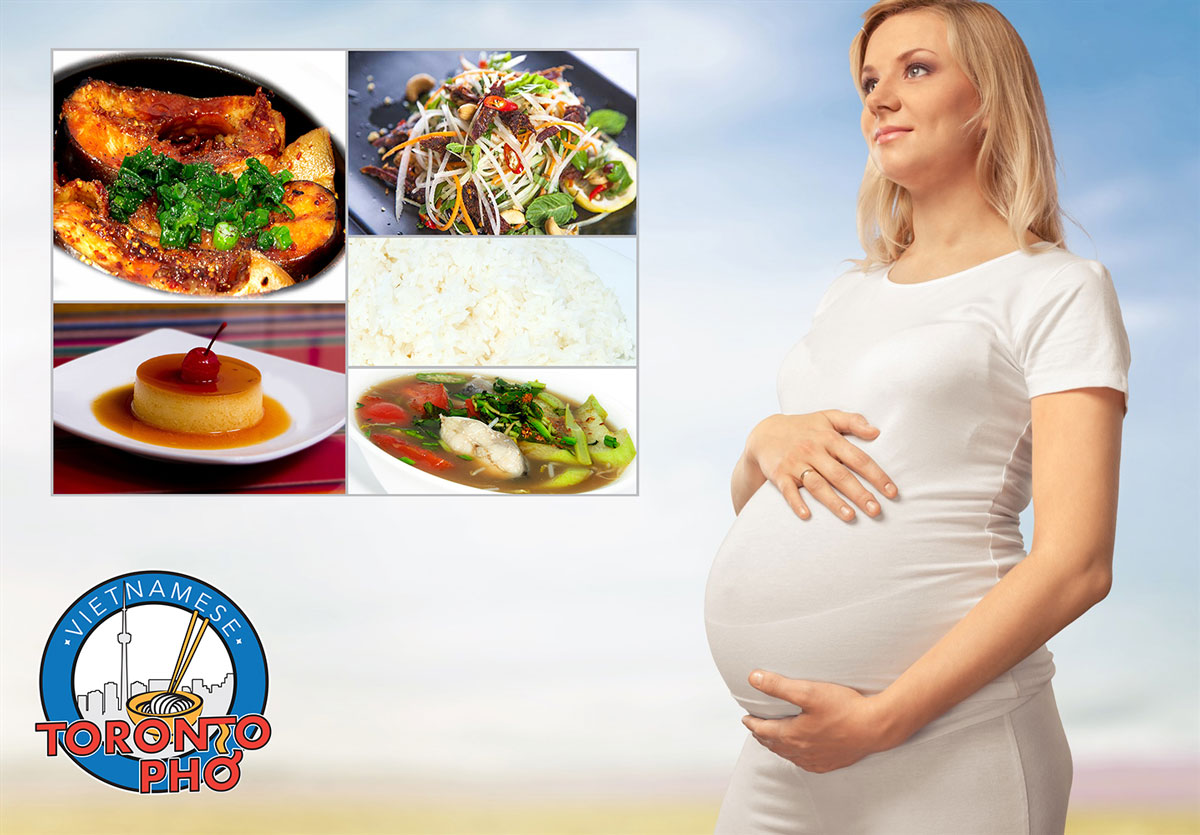
Pho is a Vietnamese soup with many health benefits, herbs and spices, and ingredients to enjoy. Regardless, a worry that some pregnant women have is whether these sort of soups are safe to eat while pregnant. There’s a lot of misinformation out there on whether it is or it isn’t. Through sharing this information, we hope to clear up the misconceptions about pregnant women and pho.
As to whether it’s safe or not, one must look to what’s in it. Pho is usually made simply from broth, rice noodles, some herbs, and a meat or protein source. Of these, the only real thing that could pose a threat would be the meat and that’s only if it’s uncooked. If you’re experienced with making pho or are at a pho restaurant where the pho has been authentically prepared, you’re not going to run into any trouble as it relates to meat.
Read more: Is Pho Safe to Eat when You’re Pregnant – read here!
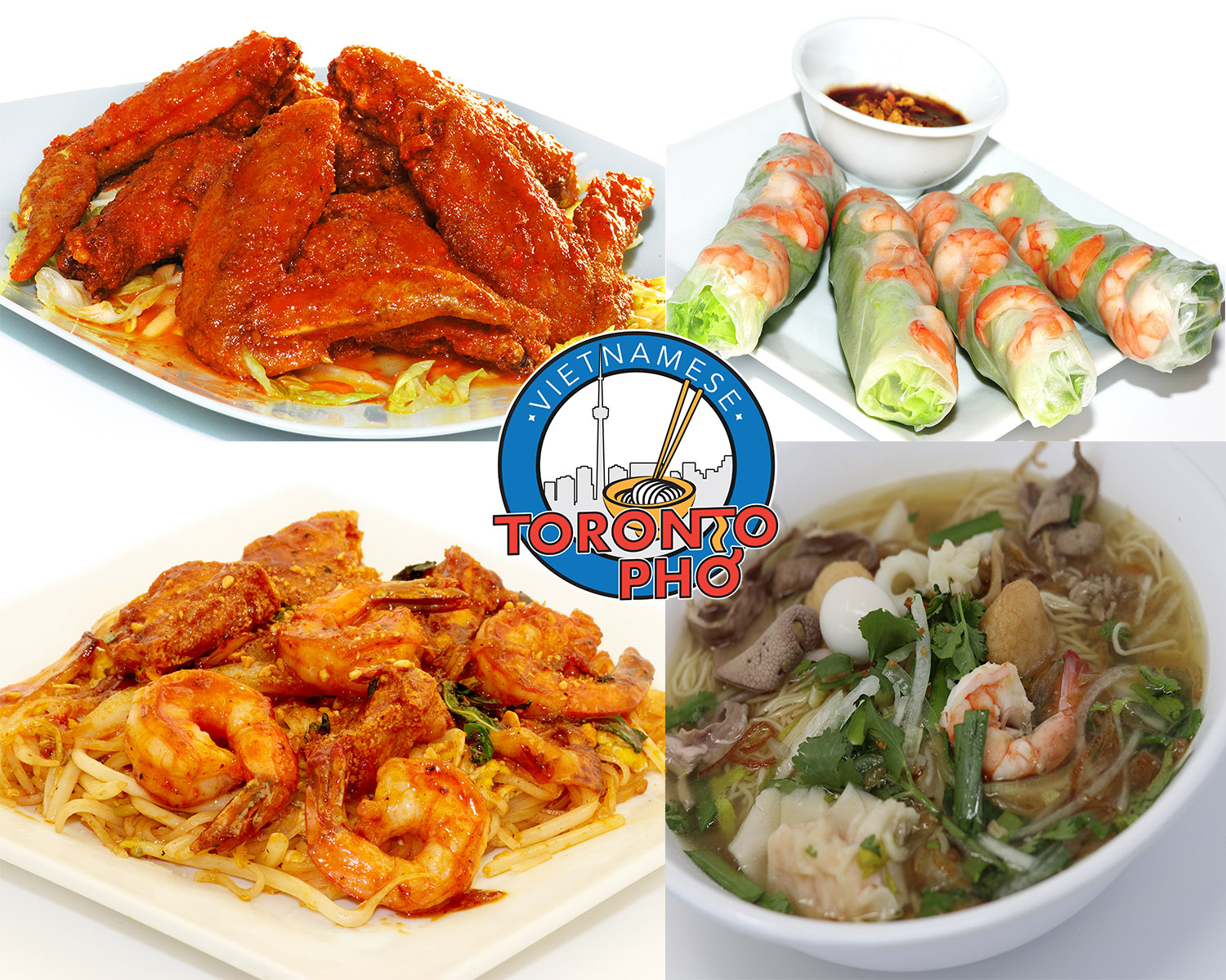
A restaurant in St. Paul, Minnesota is offering a challenge to its diners to eat 10 pounds of Vietnamese pho in 45 minutes. The restaurant is known as iPho by Saigon and for competitive eaters in the region, it’s a well-known establishment.
Many people have tried and succeeded in the challenge. In an article for the Minnesota StarTribune, one man who succeeded in the challenge is competitive eater Kai Chan. Having completed numerous food eating challenges around the world, his Instagram @kaieatsworld is popular within the competitive eating community. For those that want to see more about what he’s up to, there you have it.
Read more: Could you Eat 10 Pounds of Vietnamese Pho in 45 Minutes – this Guy Can
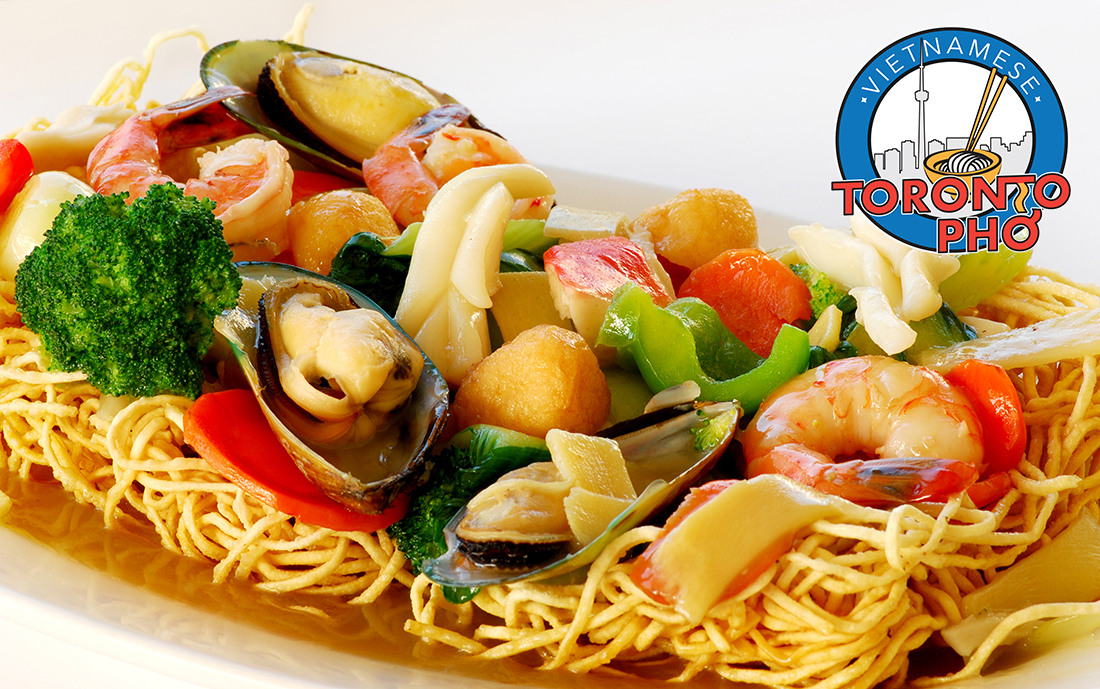
Pho is a dish enjoyed by people of all different backgrounds and cultures all over the world. Although it’s a Vietnamese dish, there are several pho restaurants all over Canada, including in cities like Vancouver, Calgary, Edmonton, Regina, Winnipeg, Toronto, Montreal, and Halifax. Vietnamese pho is not only filling and well-balanced but also, very affordable. Usually, anyway. Today, we’re not talking about affordable pho though. Instead, we’re highlighting a bowl of what might be the world’s most expensive pho.
Read more: What would you Pay for the World’s Most Expensive Pho – see the number here!
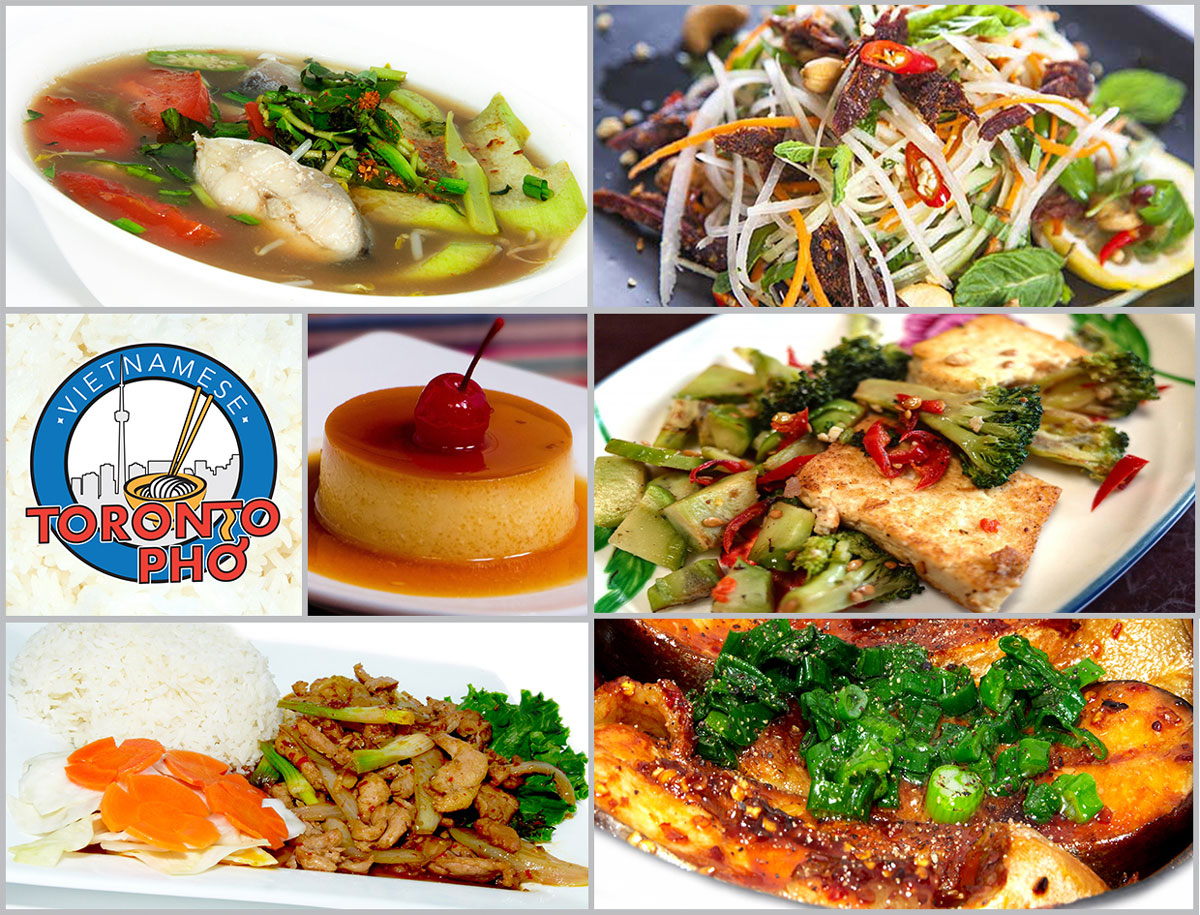
The Vietnamese are a very caring people, oftentimes offering home cooking to guests and treating food as a kind act or service to provide to others. Vietnamese-Canadian Kim Thuy’s book Secrets From My Vietnamese Kitchen highlight some of these flavorful Vietnamese homemade recipes. The significance of this cooking is not lost on the Vietnamese who have drawn from recipes like these for decades and generations.
Thuy is a former interpreter, lawyer, and restaurant owner, having gained international acclaim within the literary world in the past decade. She’s won awards in Canada and abroad, and her novels have been published in more than a dozen countries. Although she doesn’t typically publish traditional cookbooks, this is an exception. For Thuy’s audience, it’s a preview into what it’s to be Vietnamese-Canadian and the foods that make the culture.
Read more: Spotlighting Vietnamese-Canadian Kim Thuy’s ‘Secrets from my Vietnamese Kitchen’
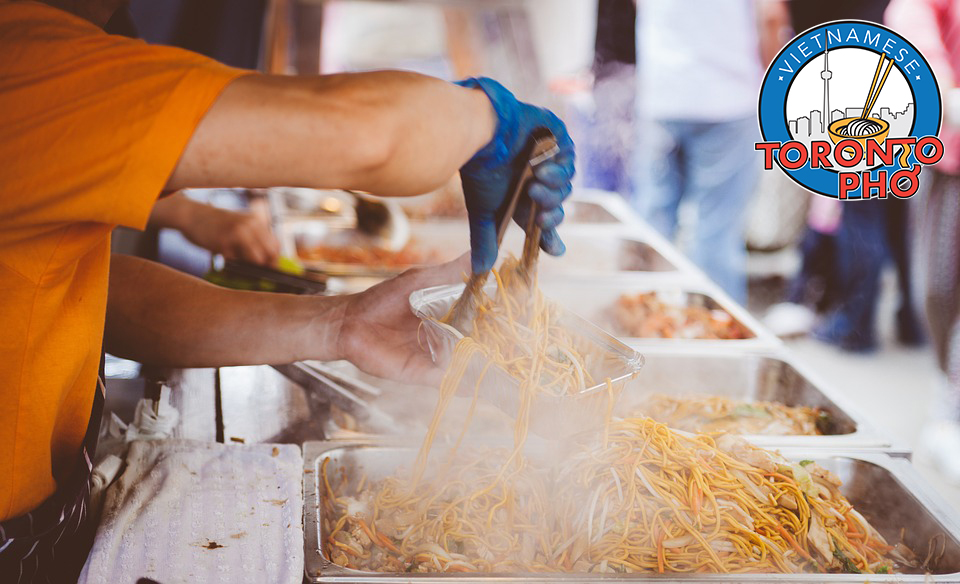
East Asian cuisine is commonly made for all sorts of income levels, from royalty down through the working classes. A little different from Chinese, Japanese, or Korean, Vietnamese cuisine is one food made for the people and by the people. Vietnamese cuisine is street food, through and through. For some of the most vibrant Vietnamese street food there is, you can see it featured alongside other Asian cuisines on the new Netflix documentary Street Food.
Street food has a strong history in Vietnamese cuisine. For years, street food was what fed the population. The nameless cooks and vendors lost to history were the ones who fed Vietnamese families and workers from all backgrounds, cultures, and belief systems. Although this was also the case in some regions of Thailand, Singapore, and Japan as well, for the Vietnamese it’s something held even closer to the heart.
Read more: See some Favourite Vietnamese Cuisine in Netflix’s Latest Documentary ‘Street Food’
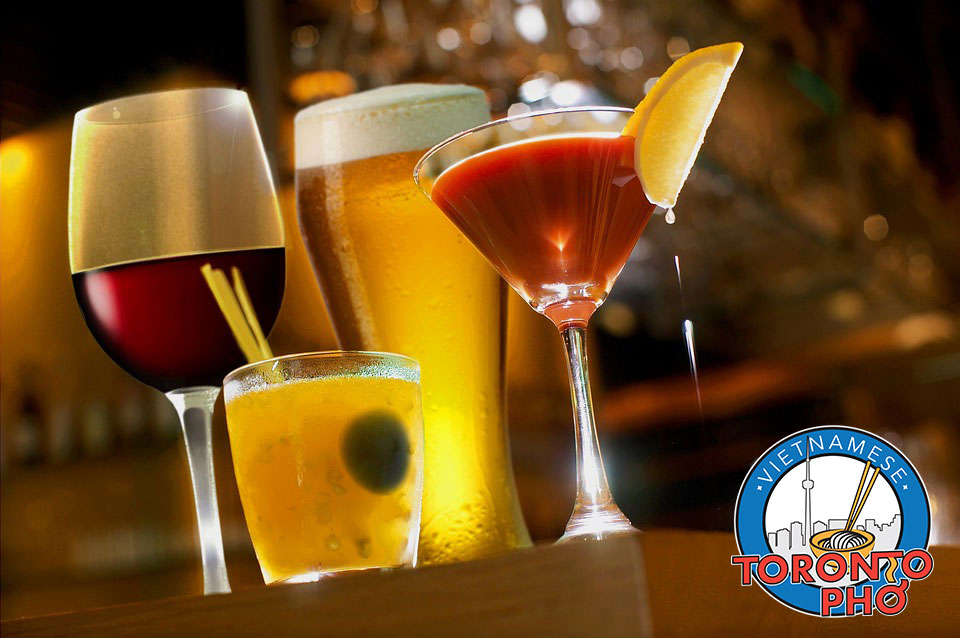
Nothing’s as comforting as a steaming bowl of pho and a fine glass of wine. Satisfying broth, noodles, meat, and herbs await in your next bowl. After a stressful day, pairing your pho with the right glass of wine can count for a lot. But, how do you know what to pair with what – it’s hard establishing the right mix of elements. Also, if you’re adhering to Vietnamese cuisine-style philosophies of maintaining a balance in your meal, getting the pho-and-wine pairing just right is even more important. Here are a few of our recommendations.
Sauvignon Blanc-Semillon
The Sauvignon Blanc-Semillon pairs perfectly with a chicken pho. The Semillon is blended with a Sauvignon Blanc to add weight and structure. This weight and structure works well with any rich broth. The chicken also does not clash with anything in either pair. The intense fruit flavor and bright acidity of a Sauvignon Blanc also can play well with the herbs commonly found in pho, resulting in it being a go-to.
Read more: What’s the Best Wine and Pho Pairing to Help you Settle into Comfort – read here!
More Articles ...
- See the Most Common Dishes in Vietnamese Cuisine, and what you Can Expect to Find when Eating Vietnamese
- 5 Tasty Vietnamese Comfort Foods you can Make From Home
- Why Pho is one of the Healthiest Dishes you Might Find at Any Toronto Restaurant
- What are Deep Fried Ragworm Cakes and What They Mean to Vietnamese Cuisine
Page 47 of 52

















